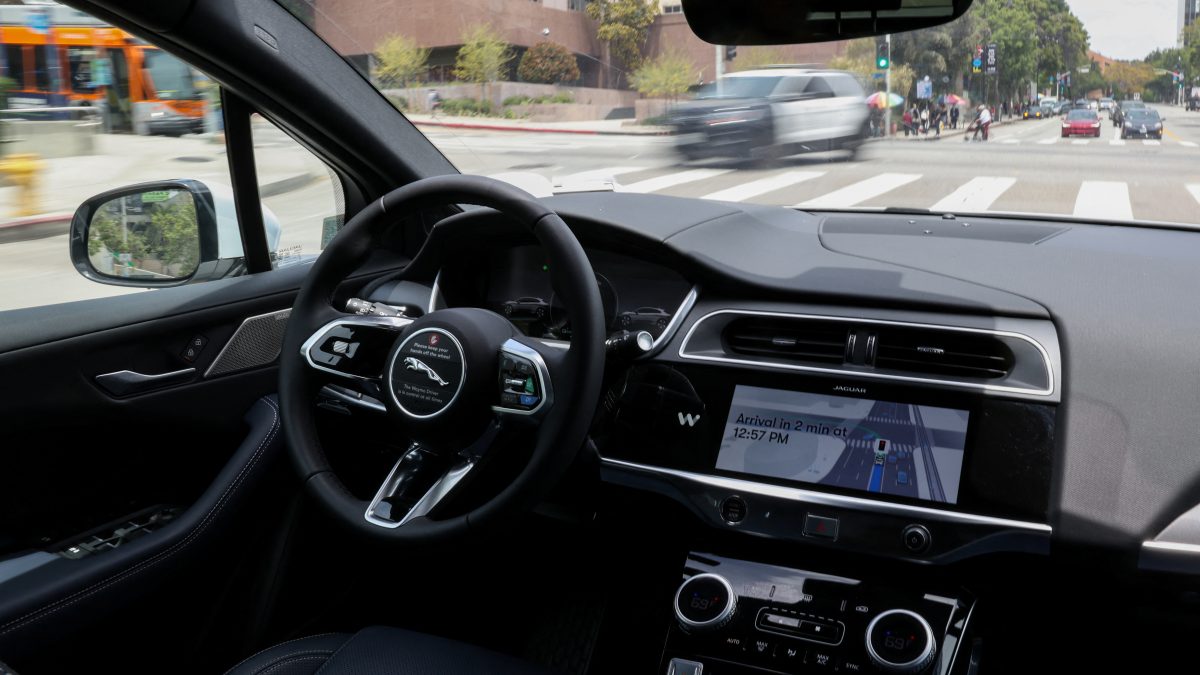SpaceX’s Starship rocket marked a notable milestone on Tuesday with a launch from its development site in Boca Chica, Texas. Among the crowd witnessing the event was US President-elect Donald Trump, whose interest in space exploration has recently become more pronounced. While the launch showcased significant advancements, it wasn’t without its challenges, as the booster missed its targeted landing.
Standing at a towering 400 feet (122 metres), Starship is designed to transform space travel. Its reusable architecture is meant to support future missions to the moon and Mars. The rocket lifted off at 4 p.m. CT (2200 GMT), successfully separating its Super Heavy booster from the second stage at about 40 miles (62 km) in altitude. However, the Super Heavy booster splashed down in the Gulf of Mexico, missing the mechanical arms on the launch tower that were supposed to catch it. Viewers of a livestream hosted by Everyday Astronaut witnessed the booster’s fiery explosion upon impact, underscoring the complexity of the mission.
— Elon Musk (@elonmusk) November 20, 2024
Trump’s growing interest in SpaceX
President-elect Donald Trump’s attendance at the launch has sparked curiosity about his deepening ties with SpaceX CEO Elon Musk. Trump has previously praised Starship’s reusable design, calling it revolutionary, and his presence at the event hints at a strengthening partnership with Musk.
President Trump has arrived to watch the SpaceX launch with @elonmusk! 🔥 pic.twitter.com/D5awPUUQTC
— Trump War Room (@TrumpWarRoom) November 19, 2024
Trump took to social media before the launch, expressing excitement about witnessing the historic event. In recent weeks, Musk has even been appointed co-leader of Trump’s government efficiency project, which aims to reduce federal waste and streamline regulations — a move that could benefit SpaceX and Musk’s other ventures, like Tesla.
Progress despite booster fumble
Despite the failed booster catch, SpaceX achieved several key objectives. The second stage of Starship successfully reignited its space-specific engine while in orbit, demonstrating the spacecraft’s manoeuvrability — a crucial capability for future missions. The rocket also executed a daytime re-entry and splashed down in the Indian Ocean, marking further progress toward crewed spaceflights. NASA Administrator Bill Nelson commended SpaceX on the in-space engine reignition, calling it a step closer to orbital flight.
The biggest technology challenge remaining for Starship is a fully & immediately reusable heat shield.
— Elon Musk (@elonmusk) November 20, 2024
Being able to land the ship, refill propellant & launch right away with no refurbishment or laborious inspection. That is the acid test.
Impact Shorts
More ShortsElon Musk had outlined ambitious goals for this test flight, focusing on engine reignition, a clear daylight ocean landing, enhanced heat endurance during re-entry, and refining the booster’s rapid landing. He noted that thousands of minor design tweaks were also under evaluation, showing SpaceX’s dedication to fine-tuning the rocket.
FAA’s quick approval signals optimism
The US Federal Aviation Administration (FAA) granted approval for Tuesday’s launch just over a month after SpaceX’s previous test flight. This quick regulatory turnaround marks a new level of efficiency for the agency, which Musk has criticised in the past for being too slow. The swift approval might hint at a smoother relationship between SpaceX and regulators, particularly with the Trump administration’s focus on space exploration. This includes NASA’s Artemis program, a key project in the push to return humans to the moon.
As SpaceX continues to push boundaries, company President Gwynne Shotwell shared her optimism for Starship’s future. With over 400 Falcon launches already under their belt, she hinted that Starship could match that number within the next four years, showing the company’s relentless drive to achieve even greater heights.


)

)
)
)
)
)
)
)
)



